Lucy Popescu in The Guardian:
 Born in Kabul, Maiwand Banayee aspired to become a Talib when he was 16. In 1994, living in a Pakistan refugee camp, there was little to do except sleep, eat, pray and dream of the afterlife: “Islam dominated every aspect of life in Shamshatoo. Even during the volleyball and cricket games the spectators were prevented from clapping because it was seen as un-Islamic.” Banayee joined the camp’s madrasa when he was 14 in an attempt “to fit in”. The only educational opportunity open to Afghans at that time, the religious school offered structure and purpose, although “instead of teaching us to live, they were teaching us to die”.
Born in Kabul, Maiwand Banayee aspired to become a Talib when he was 16. In 1994, living in a Pakistan refugee camp, there was little to do except sleep, eat, pray and dream of the afterlife: “Islam dominated every aspect of life in Shamshatoo. Even during the volleyball and cricket games the spectators were prevented from clapping because it was seen as un-Islamic.” Banayee joined the camp’s madrasa when he was 14 in an attempt “to fit in”. The only educational opportunity open to Afghans at that time, the religious school offered structure and purpose, although “instead of teaching us to live, they were teaching us to die”.
In this illuminating book, Banayee, now resident in England, describes the circumstances that led to his indoctrination, and what eventually saved him. Brutalised by conflict, his Pashtun family lived through the Soviet-Afghan war, followed by the period of bitter infighting between warlords. As a child, Banayee saw his neighbourhood torn apart and corpses rotting in the street: “By the winter of 1994, Kabul had turned into a deserted place, as if hit by Armageddon – a place of daily bombardments, looting and arbitrary arrests. The savagery and violence had no limits.” Banayee, his siblings and brother’s family eventually sought refuge in Pakistan, while his parents remained in Kabul with his disabled sister, Gul, fearing she would not survive the journey.
More here.
Enjoying the content on 3QD? Help keep us going by donating now.

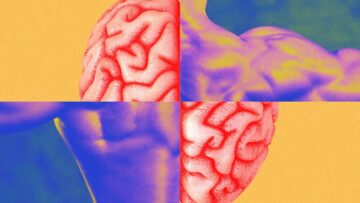 We all want
We all want GILLIAN CARNEGIE’S current show at
GILLIAN CARNEGIE’S current show at 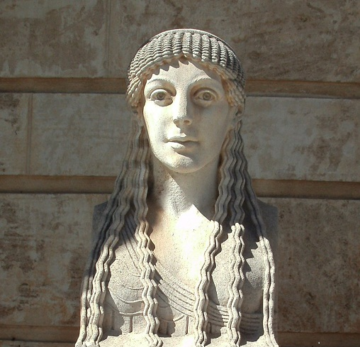 In Plato’s dialogue Symposium, seven varied speeches are made on the meaning of love at an all-male drinking party set in ancient Athens in
In Plato’s dialogue Symposium, seven varied speeches are made on the meaning of love at an all-male drinking party set in ancient Athens in  In the early months of 1966, whenever Paul McCartney sat down at a piano, wherever it was, he would start tinkering with a song he called “Miss Daisy Hawkins.” From the moment he found its first five syllabic notes, the song seems to have found its themes: loneliness, futility, the end of life. McCartney was twenty-three. Without discussing it, both John Lennon and Paul came back from their break with songs about death, written from a detached, omniscient perspective.
In the early months of 1966, whenever Paul McCartney sat down at a piano, wherever it was, he would start tinkering with a song he called “Miss Daisy Hawkins.” From the moment he found its first five syllabic notes, the song seems to have found its themes: loneliness, futility, the end of life. McCartney was twenty-three. Without discussing it, both John Lennon and Paul came back from their break with songs about death, written from a detached, omniscient perspective. Sixty years ago, a debate raged between two titans of evolutionary biology that came to be
Sixty years ago, a debate raged between two titans of evolutionary biology that came to be  Inflation is, at base, a tax on consumption – and it hits the poor the hardest, since they consume more of their incomes and the rich consume less.
Inflation is, at base, a tax on consumption – and it hits the poor the hardest, since they consume more of their incomes and the rich consume less. Sometime in the next several months, a team of US scientists plans to pour a solution of antacid into the waves off the coast of Massachusetts. Using boats, buoys and autonomous gliders, the scientists will track changes in water chemistry that should allow this tiny patch of the Atlantic Ocean to absorb more carbon dioxide from the sky than it normally would.
Sometime in the next several months, a team of US scientists plans to pour a solution of antacid into the waves off the coast of Massachusetts. Using boats, buoys and autonomous gliders, the scientists will track changes in water chemistry that should allow this tiny patch of the Atlantic Ocean to absorb more carbon dioxide from the sky than it normally would.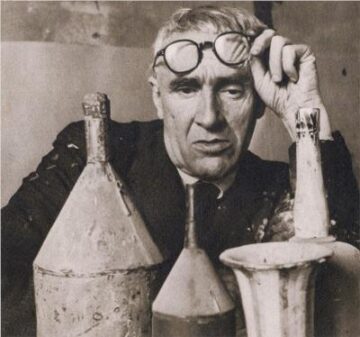 It’s been an exceptionally rich decade for fans of the great mid-century Italian master Giorgio Morandi here in New York City, beginning with the superb retrospective at the Metropolitan back in 2008 (which I’ve already referenced in the pages of this Cabinet back in
It’s been an exceptionally rich decade for fans of the great mid-century Italian master Giorgio Morandi here in New York City, beginning with the superb retrospective at the Metropolitan back in 2008 (which I’ve already referenced in the pages of this Cabinet back in 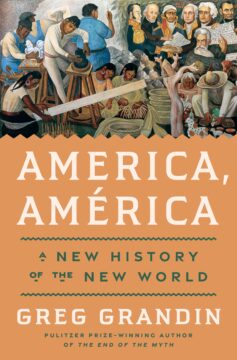
 After three years as a censor, Liu detests his job. He detests the white office ceiling, the grey industrial carpet and the office that feels more like a factory. He also detests his 200-odd colleagues sitting in their cubicles, each concentrating on their mouse and keyboard as they delete or hide content.
After three years as a censor, Liu detests his job. He detests the white office ceiling, the grey industrial carpet and the office that feels more like a factory. He also detests his 200-odd colleagues sitting in their cubicles, each concentrating on their mouse and keyboard as they delete or hide content.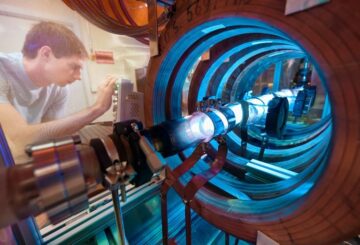 Physicists are sketching the designs of a particle accelerator that would be radically smaller and cheaper than existing facilities. The technique behind these designs, known as
Physicists are sketching the designs of a particle accelerator that would be radically smaller and cheaper than existing facilities. The technique behind these designs, known as 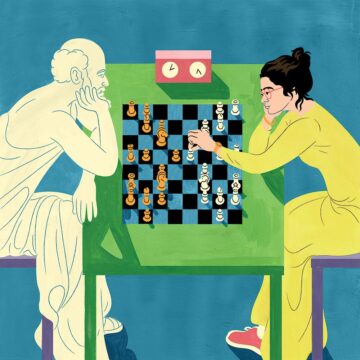 Agnes Callard’s Open Socrates is like many works of philosophy: It is addressed to a certain kind of skeptic. Most philosophical works are addressed to skeptics, but they tend to be philosophical skeptics—the metaphysician who doesn’t find arguments for the existence of the external world convincing, the philosopher of knowledge who isn’t quite sure our hunches count as “knowledge,” the moral philosopher who hears talk of “normativity” and can’t shake the mental image of a cop barking orders ultimately backed by violence rather than deep moral truth. Those skeptics are, at bottom, in on it: They are moved and movable by philosophical argument, or so we imagine.
Agnes Callard’s Open Socrates is like many works of philosophy: It is addressed to a certain kind of skeptic. Most philosophical works are addressed to skeptics, but they tend to be philosophical skeptics—the metaphysician who doesn’t find arguments for the existence of the external world convincing, the philosopher of knowledge who isn’t quite sure our hunches count as “knowledge,” the moral philosopher who hears talk of “normativity” and can’t shake the mental image of a cop barking orders ultimately backed by violence rather than deep moral truth. Those skeptics are, at bottom, in on it: They are moved and movable by philosophical argument, or so we imagine.